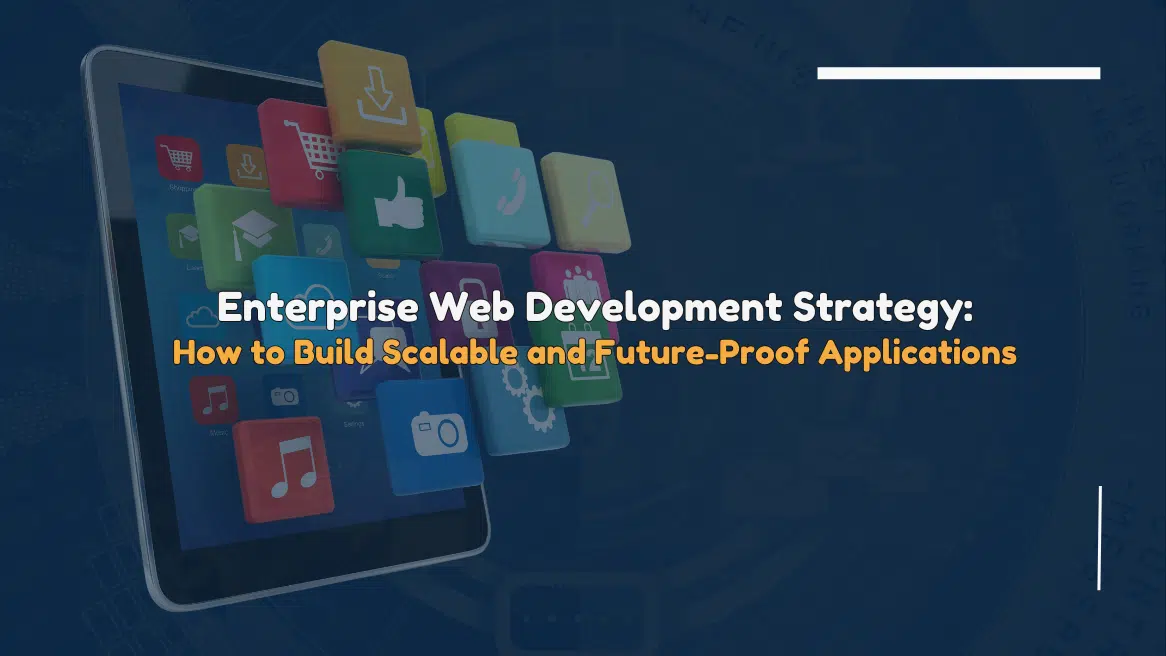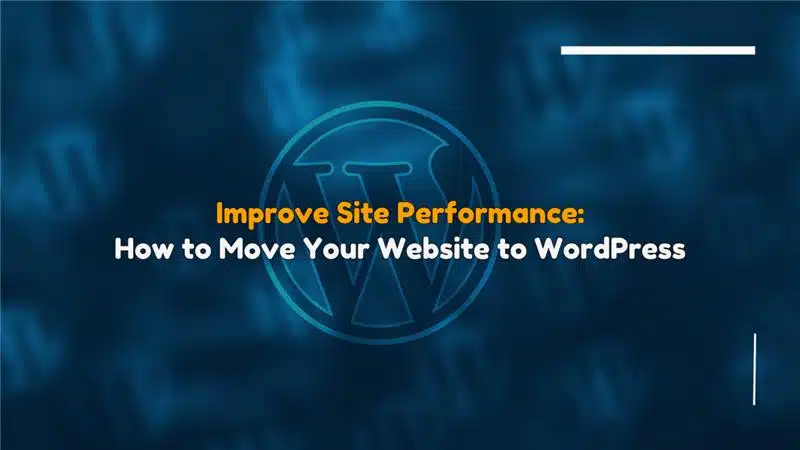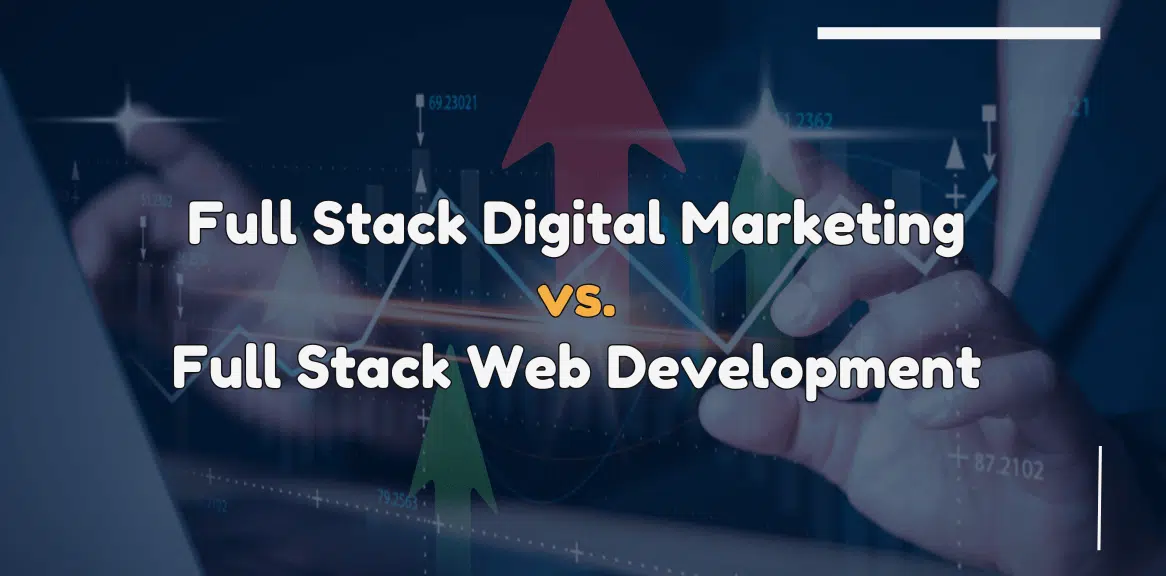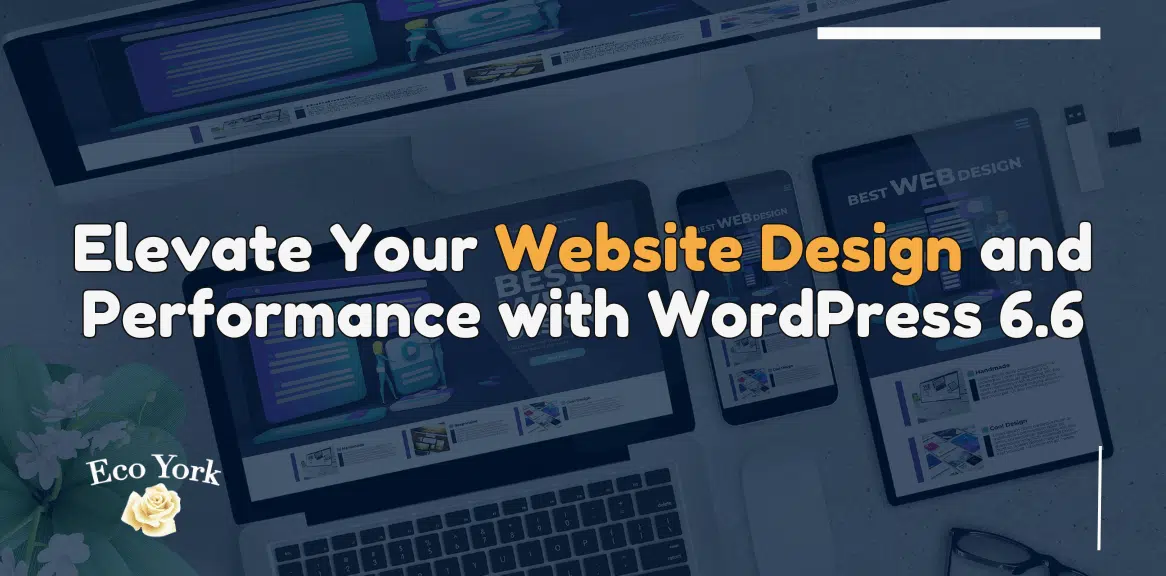Enterprise Web Development Strategy: How to Build Scalable and Future-Proof Applications
Enterprise web applications have become imperative and not optional in the current digital age, which is accelerated. They are the key to business functionality, as they allow companies to coordinate the workflows with complex tasks, analyze the data, interact with the customers, and promote expansion.
Companies that use the old system or manual processes are usually affected by inefficiencies, failure to scale, and vulnerability to security threats. Enterprises have to be competitive, and thus they must have scalable, secure, flexible, and future-ready web applications.
This blog examines the major solutions in the development of enterprise web applications that can cater to the current needs as the enterprise anticipates the future technological and business demands.
What Makes Enterprise Web Development Unique?
Enterprise web development deals with the creation of large and complex applications that are specific to organizations with complex operation requirements.
Enterprise applications, unlike ordinary websites, have been developed to deal with high traffic, interconnect with various internal and external systems as well, and facilitate a wide variety of functions.
One of the most important ones is scalability. Enterprise applications have to sustain user, data, and business process expansion without failing. Another significant issue is security because businesses usually deal with confidential customer and company information.
Regulations like GDPR, HIPAA, and ISO standards should be complied with. Lastly, user experience is also essential; properly designed interfaces enable employees to work effectively and customers to communicate with the system easily.
Building Scalable and Future-Proof Applications
Developing scalable web applications requires a comprehensive, multi-layered approach that blends flexibility, security, and innovation. Let’s explore key architectural and strategic principles that ensure longevity and performance.
Embrace Modular Architecture
A modular architecture divides applications into autonomous and reusable units. Both modules are concentrated on a particular functionality, which can be inventory management, user authentication, or reporting.
This isolation enables development teams to work on different sections of the application concurrently, which minimizes bottlenecks and risks.
As an example, patient records, billing, and appointment scheduling modules can be independently developed and scaled within a healthcare management system.
This facilitates easy maintenance and allows the application to keep pace with changes in the future without having to go through a major rewrite.
Harness the Power of Cloud Infrastructure
Cloud computing has revolutionized web development in enterprises by making it on-demand and accessible to the world.
The cloud providers, such as AWS, Google Cloud, or Microsoft Azure, enable companies to dynamically scale their resources in response to traffic and data needs.
The cloud-based solutions also minimize the initial infrastructure expenses, improve the disaster recovery abilities, and make accessible additional services, including machine learning, analytics, and automation accessible based on AI.
With the help of the cloud, businesses can concentrate on the day-to-day workflow instead of having to control the servers and the infrastructure.
Adopt Microservices Architecture
Microservices architecture has become a cornerstone of modern web app development strategy. Microservices architecture is a technique in which an application is broken down into small, loosely coupled services that interact via APIs.
In contrast to monolithic applications, a microservice enables each service to be developed separately, deployed separately, and scaled separately.
As an example of a banking application – the customer account management, processing of the transactions, and fraud detection can all be in the form of distinct microservices.
In case an additional feature is needed in the transaction processing, it is possible to do it without compromising the account management or fraud detection.
The architecture is also beneficial in terms of system resilience because when one service fails, it does not interfere with the rest of the application.
Prioritize Security and Compliance
In enterprise environments, security must be embedded into every stage of website development. Web applications handle sensitive financial, operational, and personal data, making them prime targets for cyber threats.
It is important to consider security in all stages of development. This involves encryption of data, role-based access controls, regular audits of security, and adherence to industry standards.
The attack may cause loss of money and loss of confidence, so therefore, preventative security is vital for the sustainability of the business in the long run.
Ensure Quality Through Code and Testing
Enterprise applications are reliable due to high-quality code and thorough testing. Maintainable code is clean, and less code is better as it will help the application to be more flexible and easier to upgrade in the future.
Unit tests, integration tests, and regression tests are automated tests that can be used to identify problems at an early stage and ensure the stability of the application.
The combination of Continuous Integration and Continuous Deployment (CI/CD) pipelines simplifies the development processes, minimizes the deployment faults, and shortens the time required to launch the new functionality.
In the long term, these practices will save money, decrease technical debt, and provide stable performance.
Leverage Data for Smarter Decisions
Enterprise apps produce loads of information daily. A good data strategy enables organizations to utilize this information in making strategic decisions.
Enterprise businesses can enjoy scale and informed decision-making capabilities by gathering structured and unstructured data across myriad sources, managing them in scalable databases, and analyzing them using business intelligence tools.
As an example, real-time analytics can help logistics companies optimize routes, cut costs, and enhance delivery efficiency. Data-driven enterprises will be better placed to adjust to market changes and make informed business decisions.
Overcoming Challenges in Enterprise Web Development
Enterprise applications have their challenges despite the fact that they have good benefits. The processes of merging new applications and old systems can be quite complicated and resource-consuming.
Technical debt management, collaboration of the global team, and coordination across various departments also present a major challenge.
Implementing agile practices, investing in building continuous employee training, and engaging the help of seasoned development partners are critical steps in overcoming them.
By following the appropriate strategy, businesses can sail through complexities without losing scalability, security, and stability of the application.
Future Trends to Watch
The web development of the enterprise is constantly changing. Being ahead of the emerging trends will make the applications competitive and future-proof. Key trends include:
- Artificial Intelligence and Automation: AI allows conducting predictive analytics and automating routine work to enhance operational efficiency.
- Serverless Computing: Eliminates infrastructure management overhead as well as offers scalable computing environments.
- Edge Computing: Computes at the point of users and is responsive to lower latency times and lower.
- Progressive Web Applications (PWAs): Deliver app-like experiences within the browsers to boost their accessibility and performance.
- Low-Code/No-Code Platforms: Designate a quick creation and allow non-technical departments to participate in the evolution of applications.
The early adoption of such trends by businesses allows them to have a competitive advantage and helps their applications to be utilized years down the line.
Conclusion
The development of scalable and future-proof web applications in an enterprise is a strategic pursuit that needs proper planning, modern architectures, and continued innovations.
Employing modular and microservices designs, using cloud-based infrastructure, focusing on security, preserving the quality of the code, and employing advanced data strategy can enable organizations to develop applications that address the business requirements of the day and are flexible enough to handle any challenge of the future.
Future-ready applications are not just technical capabilities but business instruments that lead to innovation, business efficiency, and better customer experiences.
With the expertise of Eco York, those enterprises that adopt these strategies will be more likely to succeed in a more digitalized world, and thus, we are the partner of choice when it comes to creating robust, future-facing solutions.














